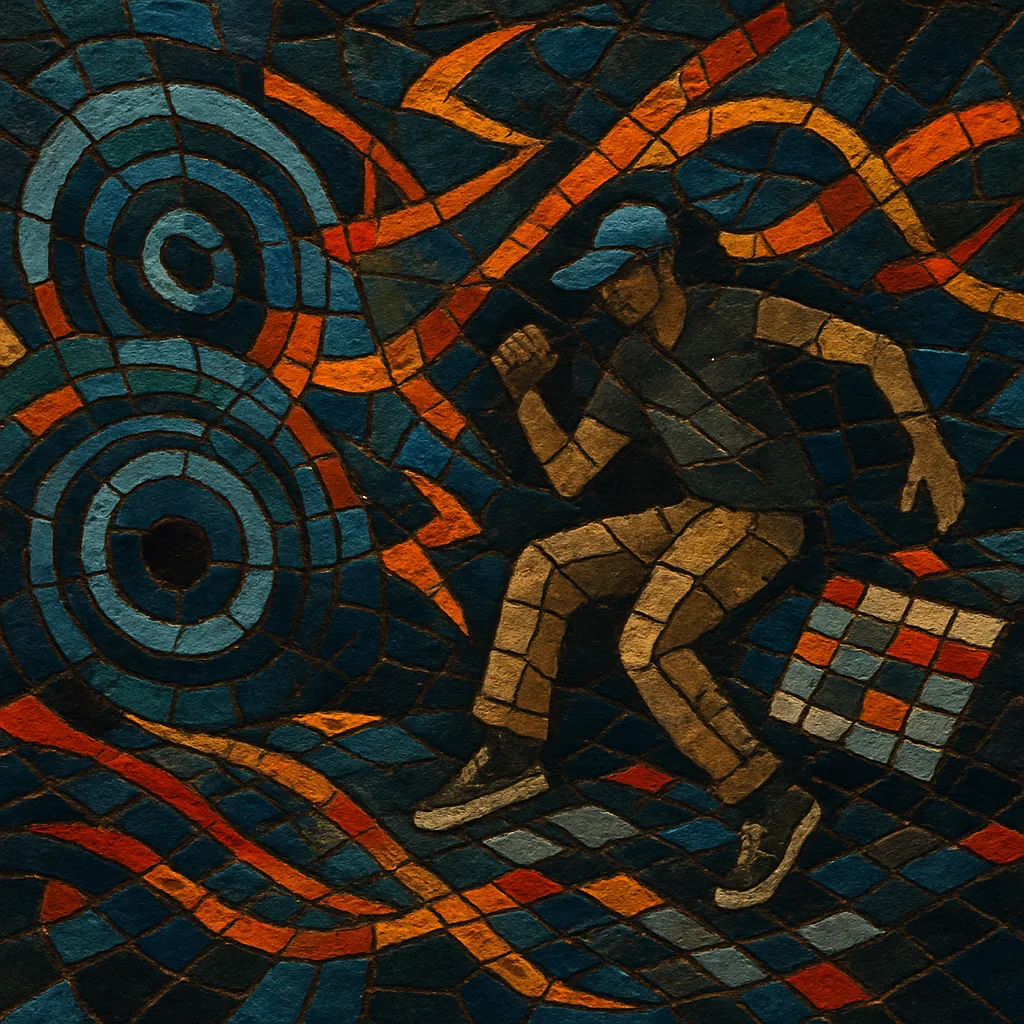
Footwork jungle is a hybrid of Chicago footwork’s 160 BPM battle-ready minimalism and the UK’s early-’90s jungle breakbeat science.
It marries chopped Amen/Think breaks, sub-heavy 808 bass, and halftime/duple-feel syncopation with footwork-style vocal chops, call‑and‑response samples, and spacious, rave‑born atmospherics.
The result is music that can flex between heads‑down listening and high‑intensity dance movement, retaining jungle’s rolling momentum while adopting footwork’s off‑grid micro‑rhythm and negative space.
Jungle emerged in the UK in the early–mid 1990s from hardcore and breakbeat culture, characterized by chopped breaks (Amen, Think), sub‑bass, and reggae/dancehall sampling. In parallel, Chicago ghetto house evolved into juke and then footwork during the 2000s, emphasizing 160 BPM, sparse 808s, vocal chops, and polyrhythmic syncopation tailored to dance battles.
As global attention turned to Chicago footwork (via labels like Planet Mu), UK and US producers began explicitly fusing the styles. Om Unit’s alias Philip D Kick (2011) circulated influential bootlegs that applied footwork drum programming to classic jungle breaks. Around the same time, Machinedrum, Addison Groove, and others folded juke/footwork rhythmic DNA into UK bass and breakbeat frameworks, opening the door for a recognizably “footwork jungle” approach.
Labels such as Cosmic Bridge (Om Unit), Astrophonica (Fracture), Exit Records (dBridge), and Planet Mu championed the 160 BPM continuum, releasing tracks that combined rolling, timestretched jazz pads and jungle edits with footwork’s clipped percussion and chopped‑phrase sampling. Collaborations like Dream Continuum (Om Unit + Machinedrum) symbolized the meeting point between Chicago footwork ideas and UK jungle heritage.
Producers including Sully, Stray, Fracture, and members of the TEKLIFE milieu demonstrated the palette’s range—from rugged dance‑floor edits to heady, atmospheric rollers. The style influenced the broader 160 BPM landscape and dovetailed with the rise of “halftime” drum & bass aesthetics. Today, footwork jungle sits as a flexible node between classic breakbeat culture and contemporary bass music, used by DJs to bridge tempos and eras in the club.

